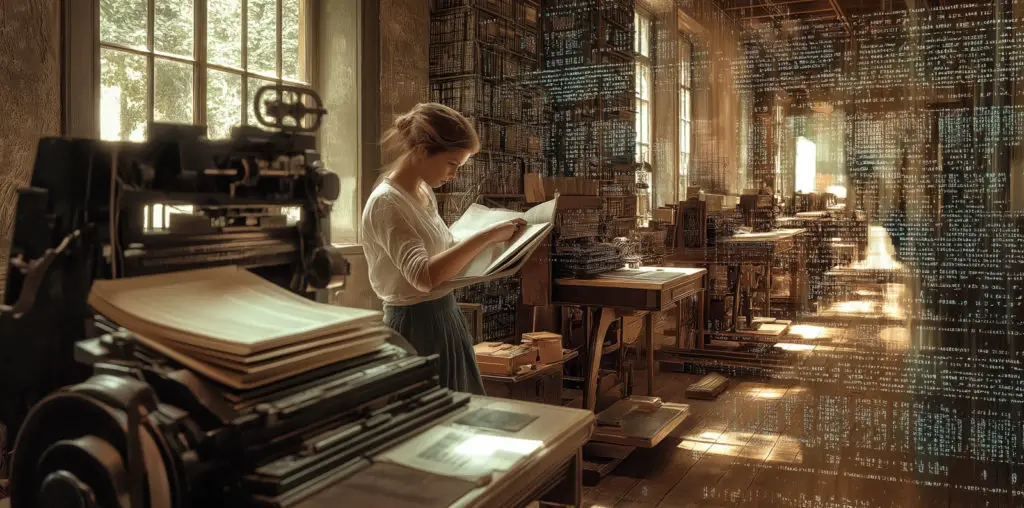
The revolution absolutely was televised in Pablo Larrain’s accomplished No, a Chilean film nominated for the Oscar for Best Foreign Language Film before premiering in Park City. Featuring another solid, unflashy performance from Gael Garcia Bernal and recounting an undeniably fascinating chapter in South American history, No avoids melodrama in its depiction of how jingles, campaigns, and advertising slogans can be used for more than just selling the latest soda on the market.
In 1988, Dictator Augusto Pinochet and his team of advisors decided they would put the continuation of their leadership to a vote through a plebiscite. It was clearly a political move designed to show the world how much the Chilean people really wanted the genocidal Pinochet to be their leader. The vote would be rigged through intimidation and the other common tools of dictatorships like polling place fraud and general evil. However, to make it look legit, they allowed each side – the “Yes” vote and the “No” vote – equal time (fifteen minutes) every night on network TV.
Rene Saavedra (Bernal) was one of the most prominent young voices in advertising at the time, pushing the envelope with conservative executives by designing forward thinking campaigns that tapped into the zeitgeist. He was the perfect man to tap to run the “No” campaign even if the mother of his son thinks revolution must be gained through action not through advertising. Rene also faces resistance from a partner at his own company, Lucho Guzman (Alfredo Castro), who is helping coordinate the “Yes” campaign.
Of course, the “No” campaign, with its catchy jingle and trendy visuals that tackle the Pinochet campaign not by looking to a dark past but by promising a bright future, starts to gain some traction and the Pinochet regime responds expectedly but Larrain never overplays the potential melodrama of the story. Train sets go on in the middle of the night in Rene’s house and men sit in cars outside. Like the suggestion that people would vote “Yes” merely out of fear of Pinochet, the danger facing Rene and his son is malevolently implied instead of brutally underlined. It creates a marvelous tension that always lingers as a reminder of the danger in which these men essentially created political advertisements without becoming the central focus of the story. Bernal deserves credit for deftly playing a man who seems to be assessing all potential risk but has no choice but to move forward.
Larrain takes a daring aesthetic risk by choosing to shoot No on ¾” Sony U-matic magnetic tape, the same material on which most of the commercials, news broadcasts, and archival footage was shot in Chile in 1988. The decision allows the many actual commercials and scenes from the No segments to blend seamlessly with the recreations of their design but it also makes for a film that sometimes approaches hideousness in its visuals. There’s a reason we don’t use these products anymore and the images look particularly horrendous blown up much larger than an average 1988 Chilean television set. It was an artistically understandable choice that nonetheless led to a film that looks worse than it should have to be fully effective. One’s constantly being reminded of the decision and the ugliness of the stock instead of being as engrossed as they might have been if shot digitally or on film.
The strength of the story and yet another completely grounded, genuine performance from Bernal (and, to be fair, Castro) keep the viewer engaged. I must admit that I’ve long been fascinated with how revolution happens. History often records the big moments but it is hearts and minds that need to be changed earlier for those big moments to occur. No is a great historical document as to how one very important revolution started with a commercial.

